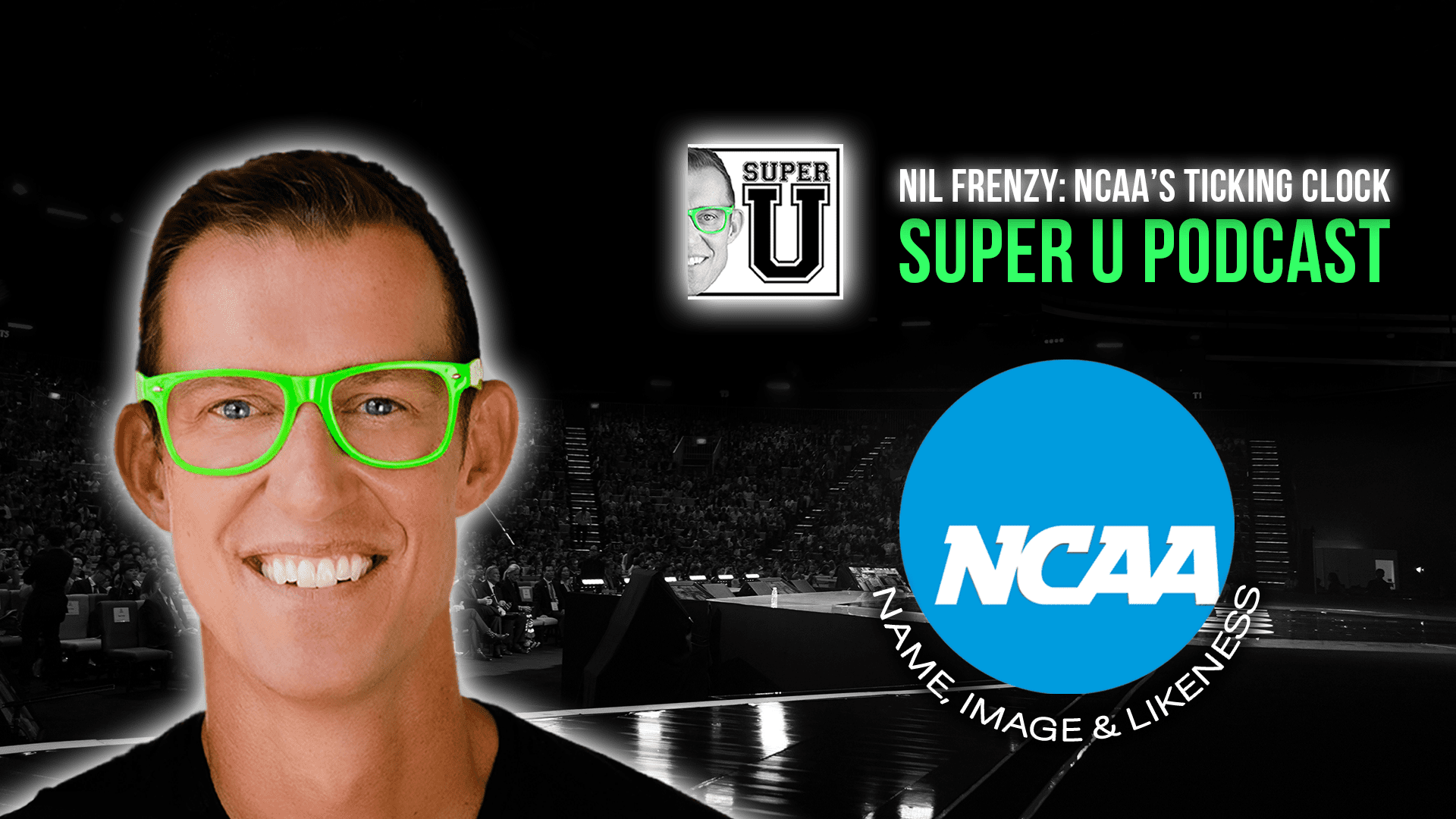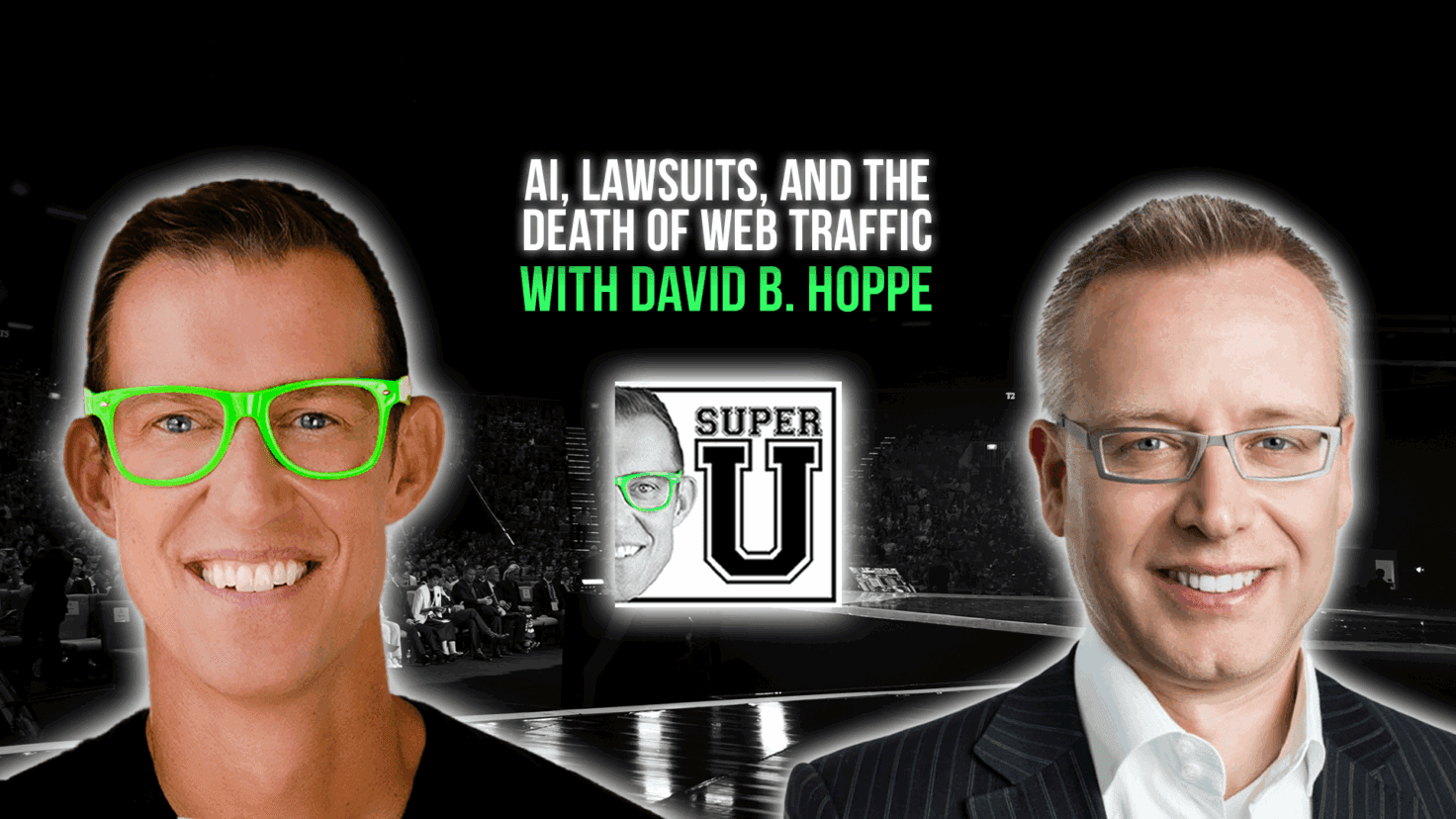Super U Podcast | NIL Frenzy: NCAA’s Ticking Clock
On today’s Super U Podcast, Equalman breaks down the NCAA’s Name, Image, and Likeness (NIL) rules, which have allowed college athletes to profit from endorsements and other commercial uses of their identity, fundamentally changing the traditional amateurism model in college sports. NIL has made college athletes like free agents, able to negotiate deals and influence transfers, blurring amateur and professional lines, and inconsistent state rules have made it hard for the NCAA to ensure fair and equal competition.
Podcast highlights:
- Disruption of team cohesion, as teammates may have vastly different earning potentials.
- Increased recruiting battles based on financial incentives rather than athletic or academic fit.
- Smaller programs are struggling to compete with larger schools that can facilitate more lucrative NIL opportunities
Is there a topic you want Equalman to cover on the podcast? Do you have any questions you wish you could ask an expert? Send an email to our team and you could be featured on an upcoming episode: [email protected]
Need a sneak peek? Below are the main takeaways from the episode.
Preview:
“This is a bit of a different topic than I usually cover, but today we’re going to talk about college sports—specifically, Name, Image, and Likeness, or NIL. You’ve probably heard the term thrown around, but what exactly does it mean?
Historically, college athletes were considered amateurs, which meant they weren’t allowed to be paid. This topic is especially close to my heart—many of you know I played basketball at Michigan State University. My coach, Tom Izzo, is still coaching today. He was inducted into the Hall of Fame in 2016 and, at 70 years old, is still going strong as one of the best in the game. He also has a unique perspective on this issue—he doesn’t like the current system at all. And I’ll get into why I think he’s more right than wrong.
For decades, student-athletes weren’t paid. The argument now is that they should be, because they’re helping generate millions—sometimes even billions—of dollars for their schools and the NCAA. But historically, the reality was that only a few programs—mainly football—actually made money. Most athletic departments operate at a loss. The presence of college sports was seen as part of the educational experience, not a business. Even schools with massive TV contracts often still lose money. That’s just how the system worked. Athletes were compensated with scholarships and meals, but it was restrictive.
The NCAA— which governs college sports and is made up of representatives chosen by university presidents— set the rules. And for a long time, those rules led to systematic cheating. To attract top talent, some schools engaged in shady practices. A booster might buy a recruit’s mom a car, or offer the player a job at a dealership where they didn’t actually work. These under-the-table deals were illegal. If caught, the school could be placed on probation. So, should college athletes be paid?
They already receive scholarships, so my personal take has always been that we should’ve adopted the baseball model. In Major League Baseball, if a young athlete wants to get paid right away, they can go straight into the minor leagues. But if they want the college experience, they commit to three years and receive a full scholarship—education, meals, gear, everything the NCAA allows. That way, it stays fair and structured. Under the old rules, transferring was also limited. If a student-athlete wanted to switch schools—for example, from Michigan State to UCLA—they had to sit out a year. And you could only transfer once.
But everything changed in the last few years. Around three years ago, the rules were essentially thrown out. Now players can get paid under the concept of Name, Image, and Likeness (NIL). If they sign autographs, they get paid. If they appear on the cover of a video game, they can now earn money from it. Before, doing that would cost them their amateur status.
This shift was meant to let students profit from their identity, which seems fair. But here’s the problem: it opened the door for massive loopholes. A booster could now say, “Here’s $10,000 to sign this football.” Or worse—“Here’s a million dollars.” Essentially, they’re being paid to play, just under the NIL label.
What we’re seeing now is exactly what critics feared: players being offered huge sums just to join certain programs. For example, the University of Texas is reportedly paying Arch Manning (grandson of Archie Manning) $6 million to be their quarterback. That’s no longer NIL—that’s a bidding war.
And to make things even more chaotic, the transfer rules are gone too. Athletes can now transfer anytime, as often as they want.”

To ensure you don’t miss future episodes, subscribe to our podcast by clicking here >> Super U Podcast. We hope these tips help unlock and unleash your inner superpower!
The Super U Podcast is hosted by #1 bestselling author and Motivational Speaker Erik Qualman.





